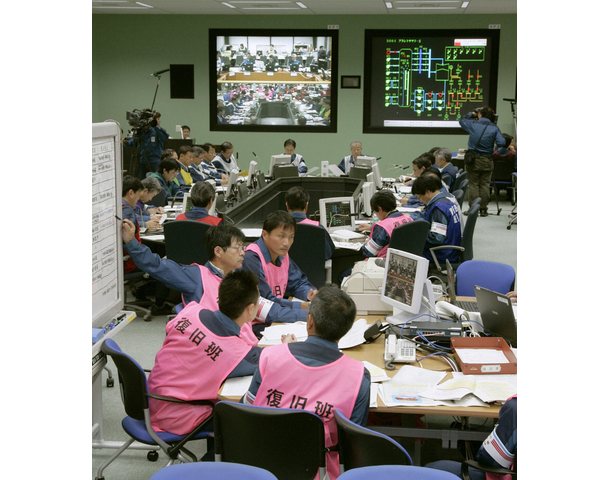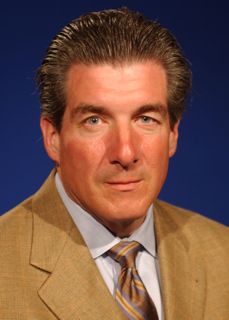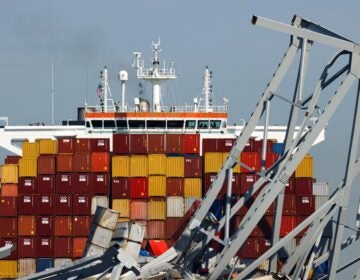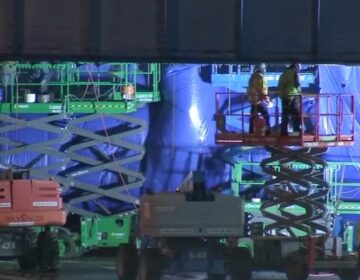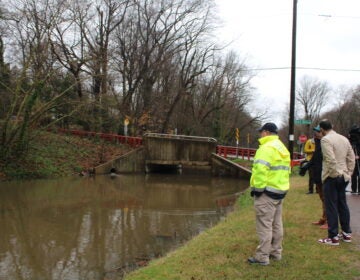Commentary: Japan nuclear plant event: A comment, a thought, and a prayer
The NRC issued Information Notice 2011-05 on 3/18/2011. This is what the industry is required to perform as part of the initial response.
By Ernest J. Harkness
For PlanPhilly
The current situation at the Fukushima-Daiichi Nuclear plant in Japan is a tragic and serious situation. The news media is providing significant and in some cases continuous coverage of the event. With all the information, and sometime conflicting information, it is hard to understand what is actually going on and how dire the situation.
I have spent my career operating nuclear power plants and still provide consulting services in the form of operational safety reviews and assessments. The following comments are some thoughts that may help PlanPhilly readers understand the current and potential future situation.
The design of the Japanese plants are Boiling Water Reactors (BWR), which does not require generators to produce steam, instead steam is generated in the reactor vessel. The nuclear reaction heats water in the reactor vessel and the vapor from the water is passed through steam dryers to the turbines. This eliminates an additional fluid loop and provides some differences to other designs.
This design is used around the world, including the US, and has a proven good operating record. A reactor of this design has three barriers to contain the nuclear fuel and decay products. The actual fuel tube (an approximate 3/8” tube that contains the Uranium Oxide fuel pellet), the primary coolant loop and reactor vessel, and the primary containment. The reactor building, in which the primary containment is housed, is sometimes called Secondary Containment and in U.S. plants this Secondary Containment is required by law for BWR type reactors.
The Spent Fuel Pool is where expired fuel is stored until final disposition or recovery. The Spent Fuel Pool is normally a concrete structure housed in the Secondary Containment structure and is a robust structure made of cement and steel in the form of a pool with the fuel stored under at least 20 feet of water.
Several units at Fukushima were off line and de-fueled at the time of the earthquake and three of the units were operating. The operating units shut down at the time of the earthquake. When a nuclear plant shuts down the chain reaction stops and the remaining heat is generated by the radioactive decay of the nuclear fission products.
The problem at Fukushima initially was the systems used to remove the decay heat are not functioning due to various problems initiated by the tsunami and other complications. The main goal of the operators is to maintain cooling through installed cooling systems or addition of water to the Reactor Core and the Spent Fuel Pool.
The Nuclear Energy Institute, a U.S. Industry Group, reports that as of 3/17/11 the operators are making progress and have stabilized cooling to the three reactors that were operating at the time of the event.
The reactors shut down prior to the event are also stable and only the spent fuel pool at one unit is a concern but under control.
The current situation at Fukushima is serious. The radiation levels, changing due to plant conditions, at times have been very high and it appears the plant operators have been taking action based on the radiation levels. The evacuation and sheltering of the population in the area around the plant is expected and similar requirements in the U.S. would require similar evacuation.
In order to fully understand the situation in Japan and take responsible action for the operation of existing plants around the world we must throughly evaluate the situation when it is back under control. Politicians and some experts are calling for immediate moratoriums on nuclear power or calling for evaluation of existing design and operation. The responsible action should be to follow the event as it unfolds, take action on known deficiencies when validated, and provide lessons learned to the industry when the full scale of the event is understood. A premature action could complicate a proper response or set up a condition where unintended consequences occur.
Nuclear power often feels the brunt of many critics but it not often put into perspective.
There are over 450 nuclear plants and 200 nuclear powered vessels operating in the world today. The total loss of life for the entire industry is approximately forty with the majority (over thirty) from Chernobyl, which was a product of an irresponsible design and operation by an irresponsible government.
If we were to apply the same level of hysteria applied to nuclear to other events it would seem irrational. A tour bus crash in N.Y. killed 13 individual this weekend. Should we close down all tour buses or all drivers? Last February, in Middletown Conn., several individuals were killed at a gas fired power plant under construction. The chemicals in tank trucks and tanker rail cars are far more dangerous to the public and we haven’t shut down trucking and railroads. The list can be extensive but it is safe to say that from a factual basis Nuclear Power plant safety records are among the highest in the industry. Yes, the potential for a disaster is great but the reality is past disasters although serious have not resulted in the catastrophe that is often predicted.
Therefore, the responsible action is to evaluate the event responsibly when all the facts are in, provide what ever assistance needed to help the Japanese and maintain them in our thought and prayers.
Contact the writer at ejharkness@ejharkness.com
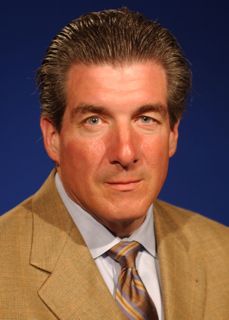
Ernest J. Harkness, is a power generation executive who for 35 years has managed large power generation facilities through a state of change, while ensuring the best performance is delivered in a safe and responsible environment that achieves individual respect. His industry roles have included:
- Site Vice President and Plant Manager for nuclear power plant operation including fiscal responsibility for $70M Operation and Maintenance and $20M Capitol budgets.
- Safety Review Board Sub Committee Chairman for Nuclear Utility fleet of nine Nuclear Power Plants in USA. Sub Committee is responsible for oversight of Quality Assurance Program, Security Program, Site Emergency Response Organization including interface with State, Local and Federal agencies.
- Responsible for implementation of performance based operational assessment program for a United Sates Utility Fleet and a Nuclear Facility in Canada, which includes program development, training of staff, and mentoring leadership from Vice President Nuclear Oversight and Regulator Affairs to members of the department staff.
- Military experience included the USN Naval Nuclear Power Program as a Mechanical Operator and ships diver stationed on the USS Parche SSN 683 and part of Submarine Development Group.
WHYY is your source for fact-based, in-depth journalism and information. As a nonprofit organization, we rely on financial support from readers like you. Please give today.



